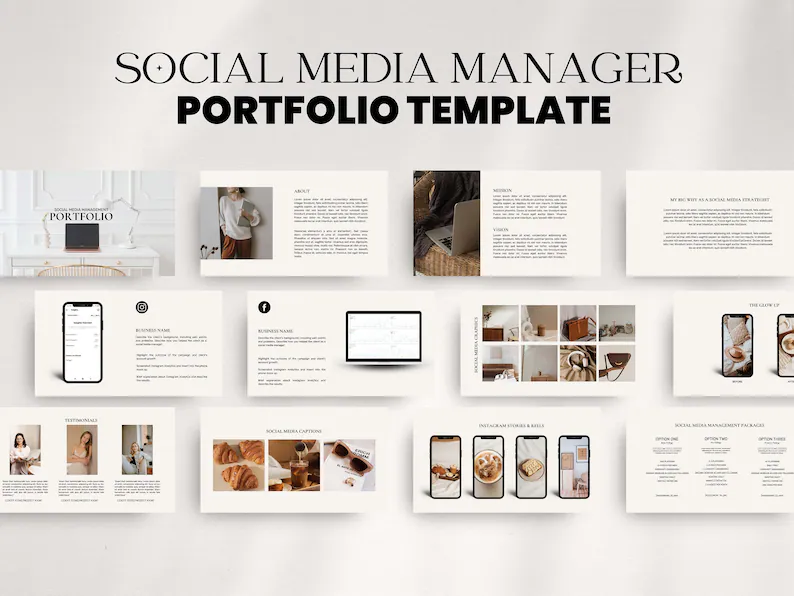
Showcasing Your Skills: Mastering the Art of Digital Portfolio Development
by urdigitalplanet in Blog on January 5, 2024Introduction
In the digital age, having a compelling online portfolio is crucial for professionals, artists, and students alike. A digital portfolio is more than just a collection of work; it’s a personal showcase that tells your story, highlights your skills, and demonstrates your potential. Whether you’re a graphic designer, writer, developer, or any other professional, a well-crafted digital portfolio can open doors to new opportunities. This blog post will explore the key elements of creating an effective digital portfolio.

1. The Importance of a Digital Portfolio
A digital portfolio is your professional footprint on the internet. It’s a dynamic way to present your skills, experiences, and accomplishments to potential employers, clients, or collaborators. In many creative and tech fields, it’s often the first thing that hiring managers or clients look at.
2. Identifying the Purpose of Your Portfolio
Before creating a digital portfolio, it’s essential to identify its primary purpose. Is it to land a new job, attract freelance clients, apply for college, or build a personal brand? Your goals will shape the content and design of your portfolio.
3. Selecting the Right Platform
There are several platforms for building digital portfolios, from custom-coded websites to portfolio-specific services like Behance, Dribbble, or GitHub (for developers). Choose a platform that aligns with your skills and the nature of your work.
4. Showcasing Your Best Work
Your portfolio should showcase your best work, not all your work. Be selective and only include projects that you are proud of and that reflect your current skills and professional focus.
5. Telling the Story Behind Your Work
Including a narrative or the story behind each project can add depth to your portfolio. Explain the challenges, your creative process, the solutions you provided, and the outcomes of your work.
6. Ensuring Usability and Accessibility
Your portfolio should be easy to navigate, with a clean and intuitive design. Ensure it’s accessible on different devices and screen sizes and that loading times are minimal.
7. Regular Updates and Maintenance
Keep your portfolio fresh and up-to-date. Regularly add new projects, update your bio, and remove older works that no longer represent your best abilities or current professional direction.
8. Promoting Your Portfolio
Once your digital portfolio is ready, promote it through your social media channels, professional networks, and business cards. You can also optimize it for search engines to increase visibility.
Conclusion
A digital portfolio is a powerful tool in your professional arsenal. It’s a reflection of your identity as a professional, showcasing your talents and achievements. By carefully curating and maintaining your digital portfolio, you can make a lasting impression on your audience and pave the way for future successes.

